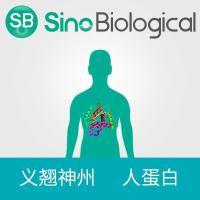Nucleic-Acid Extraction: Plasmid/Cosmid DNA
互联网
1065
Characterization of recombinant mycobacterial genes has been complicated by the lack of a rapid and efficient method to prepare plasmid and cosmid DNA directly from mycobacteria. Traditionally, plasmids and cosmids had to be recovered from mycobacteria and propagated in Escherichia coli to purify sufficient amounts of DNA for restriction-enzyme analysis or sequencing. Factors contributing to the difficulty in isolating plasmids and cosmids from mycobacteria, are as follows. First, mycobacterial cells are difficult to lyse owing to the complex cell wall. Second, most cloning vectors that replicate in mycobacteria produce only a few plasmids or cosmids per cell. For example, the most commonly used mycobactenalshuttle vectors utilize the origin of replication from the pAL5000 plasmid of Mycobacterium fortuitum (1 ), which produces only five copies per genome equivalent (2 ), as compared with a copy number of 500–700 for pUC-based plasmlds in E coli (3 ). Third, plasmid DNA isolated from mycobacteria is often contaminated with complex lipids and polysaccharides from the cell wall, making them unsuitable for molecular-biology techniques (1 ).








